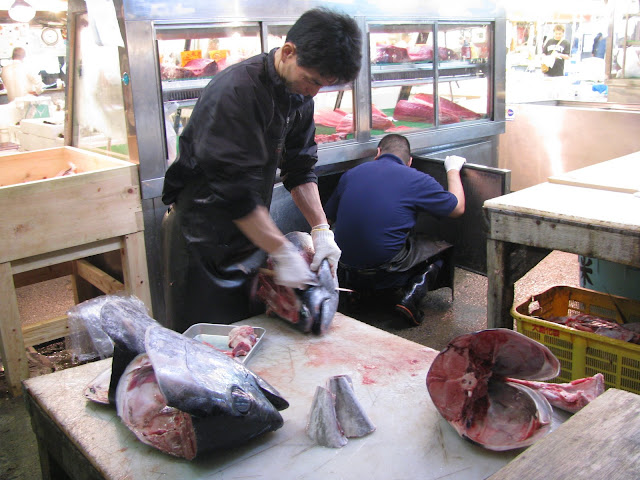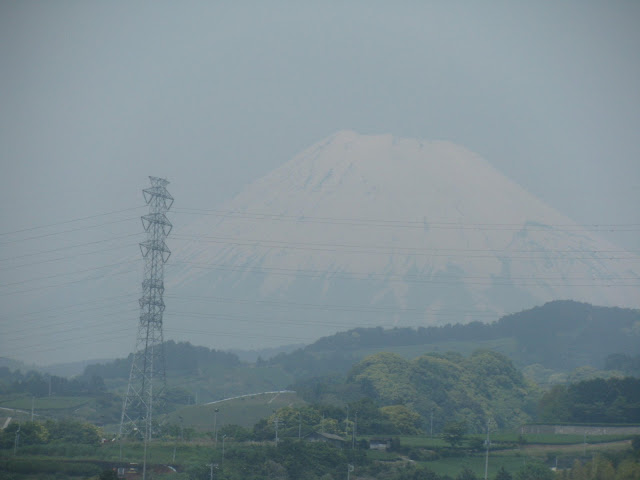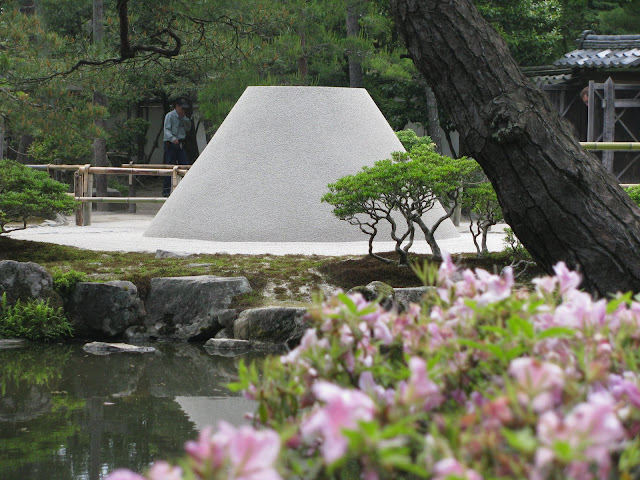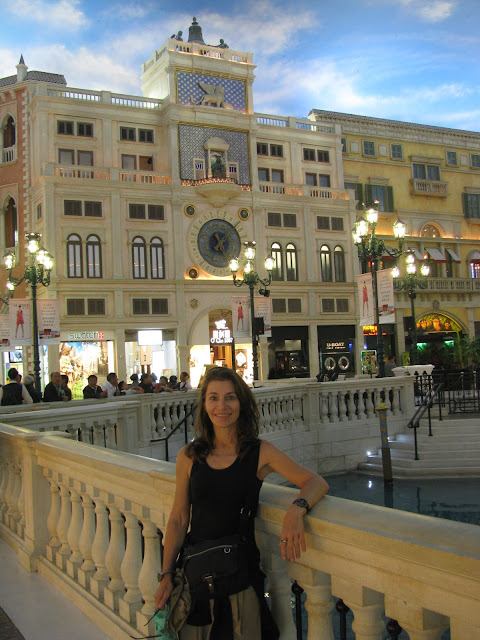After the long flight from Tokyo we rest in Chicago for two days of time zone re-orientation.
We down a Rockets hamburger, whiz up the Sears Tower, shop the Magnificent Mile, hop on a double-decker bus for a tour of the city, catch our reflection in the cool-looking 'Bean' sculpture (above) and then it's...
home sweet home!
We're back in Litchfield, Connecticut where we began. Did it really happen, were we really there? To think we have gone around the world for eight and a half months seems like a dream. It was amazing.
We stay at home for a few days but since packing our backpacks daily has become habitual we HAD to go somewhere so we through a few things in a bag and drive to New York for Sandi's birthday. Where in the world will we end up next?...































